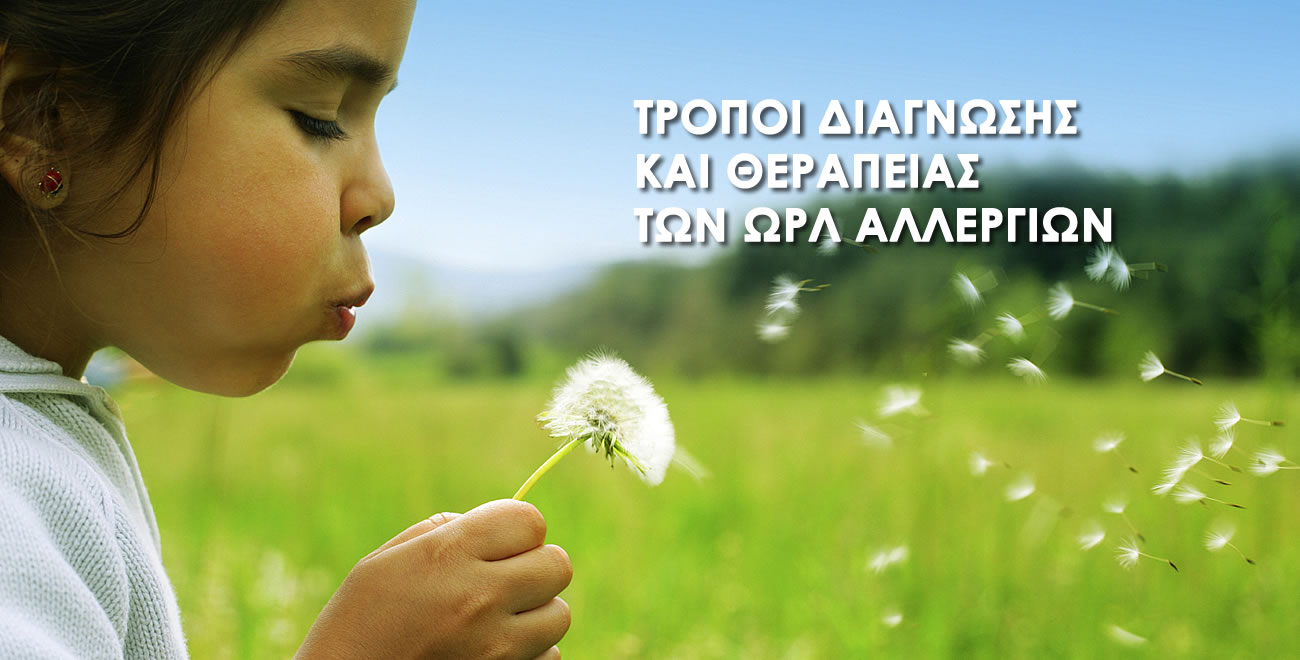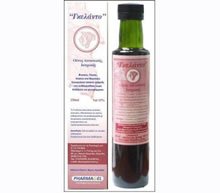
Λεξικό .. Hypoallergenic milk formulas
Hypoallergenic milk formulas. Hypoallergenic formulas have also been promoted to prevent the development of allergy in infants at high risk for developing allergic symptoms. The identification of the infants at high risk is imperfect, although there are many markers, such as elevated levels of cord blood IgE and serum IgE in infancy and an atopic family history.
Hypoallergenic formulas intended for infant feeding, must demonstrate nutritional suitability to support infant growth and development. A formula is labeled hypoallergenic after appropriate preclinical testing and demonstration in clinical studies that they do not provoke reactions in 90% of infants or children with confirmed cow's milk allergy with 95% confidence when given in prospective randomized, double-blind, placebo-controlled trials.
Extensively hydrolyzed and free amino acid-based formulas are considered as hypoallergenic if they have been subjected to such studies. Partially hydrolyzed formulas, which are currently available are not hypoallergenic.
Carefully conducted randomized controlled studies in infants from families with a history of allergy must be performed to support a formula claim for allergy prevention. Allergic responses must be established prospectively, evaluated with validated scoring systems, and confirmed by double-blind, placebo-controlled challenge. These studies should continue for at least 18 months and preferably for 60 to 72 months or longer where possible.
The use of a hypoallergenic (extensively hydrolyzed or if allergic symptoms persist, a free amino acid-based formula) as an alternative to breastfeeding. Allergic symptoms in infants which are IgE-associated may be benefited from a soy formula, either as the initial treatment or instituted after 6 months of age after the use of a hypoallergenic formula.
The prevalence of concomitant is not as great between soy and cow's milk in these infants compared with those with non–IgE-associated syndromes such as enterocolitis, proctocolitis, malabsorption syndrome, or esophagitis. Benefits should be seen within 2 to 4 weeks and the formula continued until the infant is 1 year of age or older.
References
Zeiger RS (1997) Prevention of food allergy and atopic disease. J R Soc Med. 90:21–33.
Hypoallergenic Infant Formulas. Committee on Nutrition. Pediatrics 2000;106;346

Γκέλης Ν.Δ. - Λεξικό Αλλεργίας - Εκδόσεις ΒΕΛΛΕΡOΦΟΝΤΗΣ - Κόρινθος 2013
Gelis Ν.D. - Dictionary of Allergies - VELLEROFONTIS Publications - Corinth 2013




